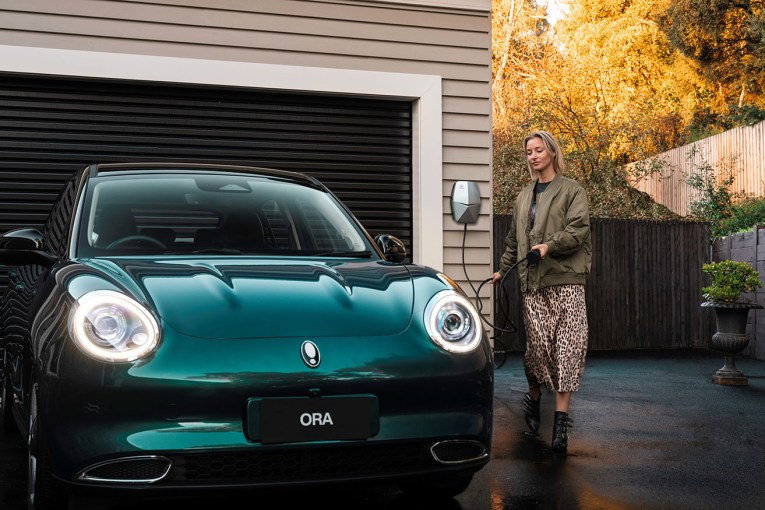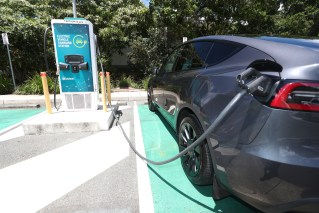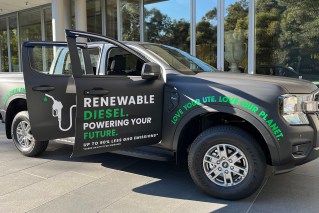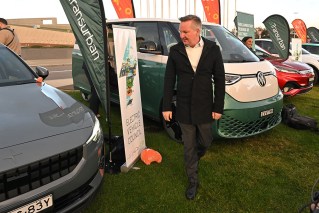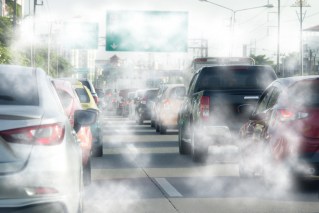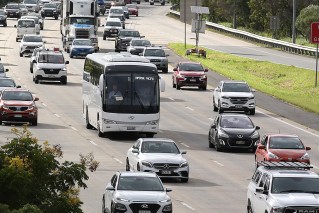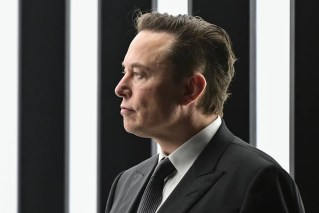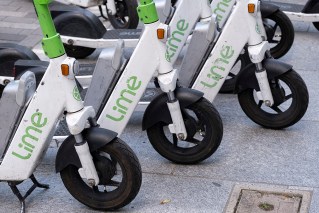Why driverless cars are not the future

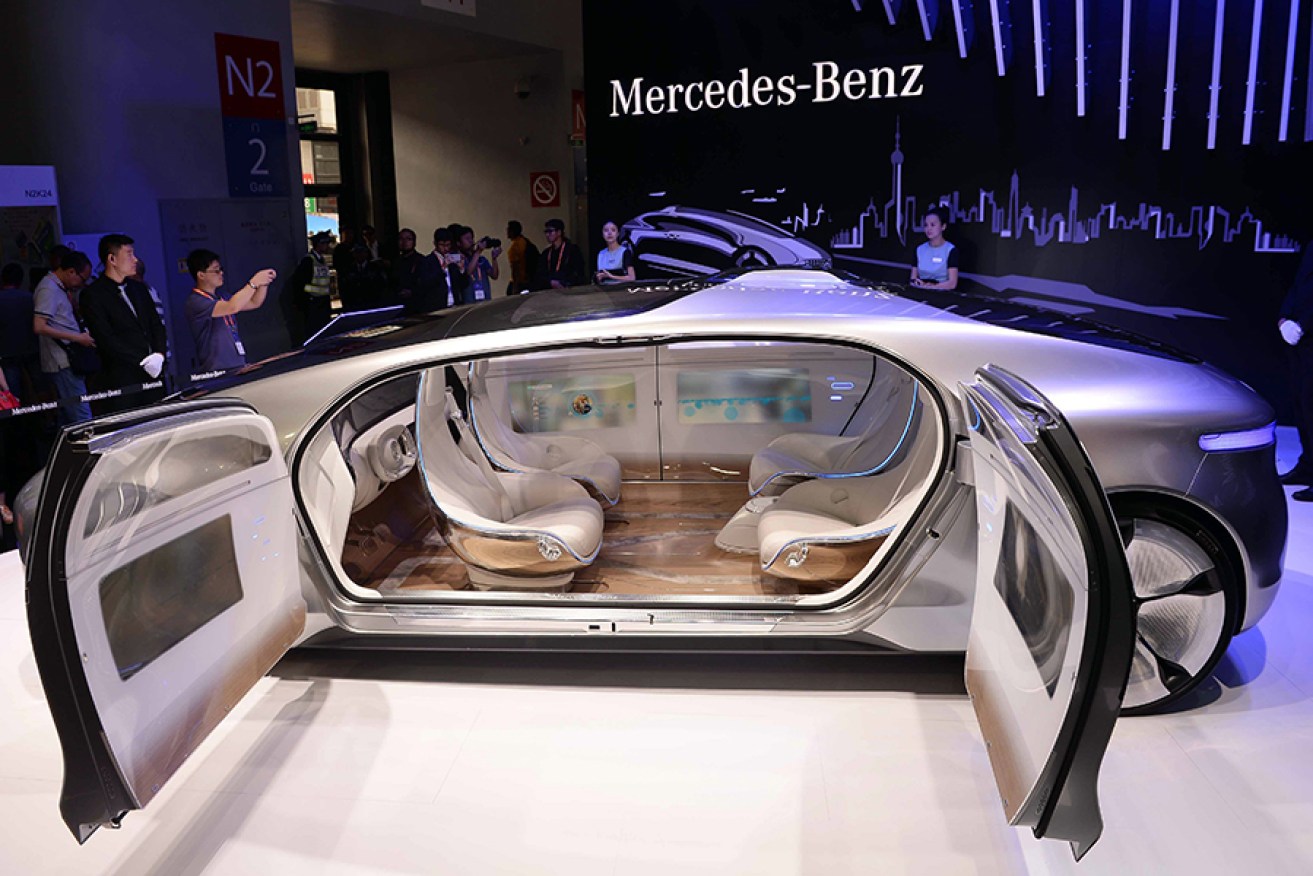
Cyber security concerns have been raised over driverless car technology. Photo: Getty
Autonomous might be the buzz word that’s beset the automotive world of late but for the foreseeable future, it’s fool’s gold.
Proponents will say (correctly) that much of the technical know-how is already in place. But the realists among the key researching brands including Mercedes-Benz, Volvo and the giant Volkswagen Group, admit privately the legislative and social frameworks that must coalesce before fully autonomous cars can be anything more than a PR plaything are far, far into the future.
• Why the Tesla is your new dream car
• Kerching: why car companies want you to buy an SUV
• Gone in 60 seconds: the truth about owning a classic car
And that’s even before we talk about the lag time that we face on any significant driverless functions thanks to poor infrastructure and the technophobic automotive rules in place Down Under.
Auto-parking is a function available even in low-priced, mass market new cars. Drive at slow speed and when requested the car will detect an appropriately sized parking space and then, via functions that differ brand by brand, steer the car into either a parallel of 90-degree space. The driver must operate the brake and accelerator, but the steering is automated.
Already today, however, carmakers have the ability to automate their cars to a level that the driver can alight from the vehicle and direct it to drive away (autonomously) to find a vacant car spot and park itself!
It’ll even return to pick you up at the push of a button.
Here Rover!
While this might sound like God’s gift to serious shoppers, the roadblocks in place between the theoretical and the actual are myriad.
Can you imagine how a mix of automated and human parkers might work at your local Fashion Capital during the Christmas countdown? It’d be entertaining to watch, at least…
But there are benefits from the driverless car research and development that’s taking place – real world features that have the potential to make driving as we know it safer and more efficient.
The result of driverless car research, Autonomous Emergency Braking (AEB) is arguably the next BIG THING in road safety. Again the technological solutions vary, but simply, the car uses sensors to scan the road ahead and can warn the driver of potential dangers and, if he or she does not react, apply the brakes to avoid or at least reduce the severity of a collision.
Combined with cruise control systems that can adapt to the speed of other traffic, AEB should bring to an end the classic nose-to-tail accidents that cause issues during almost ever commuters day. More importantly, it can also mitigate the potential for the horrific high-speed motorway multi-vehicle accidents that create headlines in Europe all too often.
And let’s not mention that these systems are already ‘saving’ plenty of drivers (and their potential ‘targets’) who can’t see the danger of texting and driving
Cars from brands like Mercedes-Benz already have automated steering systems that damp in-lane wandering and adjust for crosswinds, road camber and the like. They’ll also warn the driver and if necessary steer the car back into its lane unless a deliberate action is taken to change the car’s trajectory – for example operating a turn signal.
The system effectively takes over the job of steering the car in a highway situation – so much so it has a failsafe that senses for the driver’s hands on the wheel. No hands for more than a few seconds, elicits a warning message which says the system will disengage. After that? I’m not too sure, I’ve always been too scared to find out.
The key to all of these systems is they assist the driver, not replace them.
The key to all of these systems is they assist the driver, not replace them.
And that’s the way it should be. In reality, the driving environment each of us process even when just driving around the block is a magnitude more complex than that faced by an airline pilot and we are a very long way away from autonomous passenger aircraft.
Although the lure of a crash-free, driver-free automotive future is tempting, it requires such a step-change in vehicle fleet age, connected intel and roadway infrastructure, that is it not coming to Australia any time soon…
It is as pie in the sky as flying cars.

